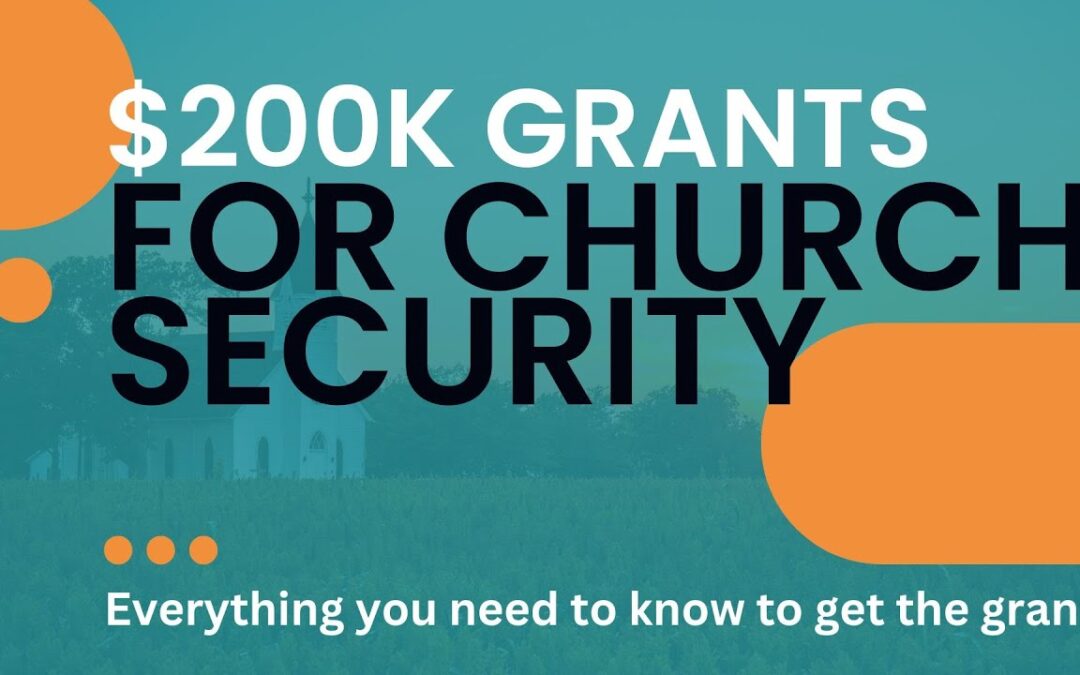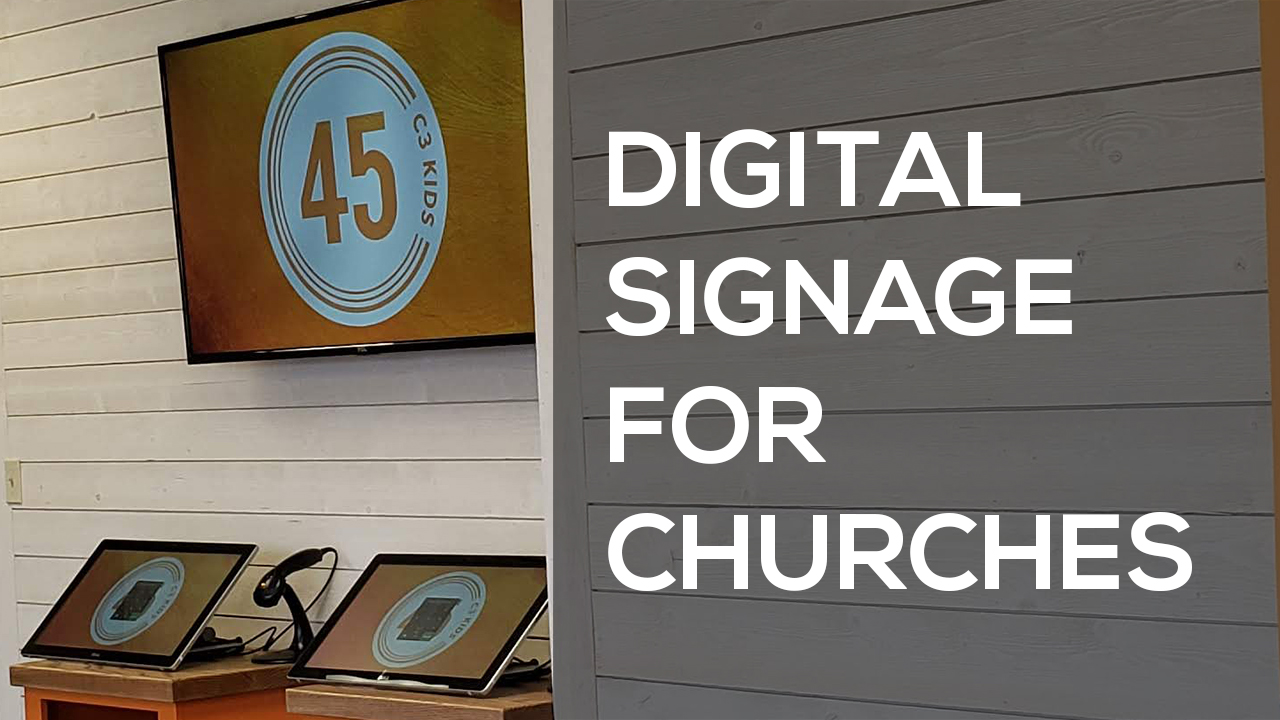The Nonprofit Security Grant Program (NSGP) is an essential resource for nonprofits at risk of terrorist or extremist attacks, helping them secure federal funding for facility upgrades, security training, and cybersecurity enhancements. Administered by the U.S. Department of Homeland Security (DHS) through FEMA, the NSGP aims to protect nonprofits by funding measures that address current and emerging security risks. For 2024, the NSGP has allocated $274.5 million to nonprofits, split between high-risk urban areas and other areas nationwide. Here’s an in-depth look at eligibility requirements, the application process, and critical deadlines based on the official Notice of Funding Opportunity (NOFO) for FY 2024.
Who is Eligible for NSGP Funding?
To qualify for NSGP funding, nonprofit organizations must meet the following criteria:
- 501(c)(3) Status: The organization must be a tax-exempt nonprofit under section 501(c)(3) of the Internal Revenue Code. Many religious institutions, such as churches, synagogues, and mosques, do not require formal IRS recognition to qualify but must still meet the general requirements for tax exemption.
- High Risk of Terrorist or Extremist Attack: Applicants must demonstrate that they are at high risk for these types of attacks. This risk assessment will rely on documented security vulnerabilities, and nonprofits should prepare a vulnerability assessment highlighting specific threats to their facilities, operations, or services.
- Location Requirements:
- NSGP-UA (Urban Area): Nonprofits located in DHS-designated high-risk urban areas are eligible under this subprogram.
- NSGP-S (State): Nonprofits located outside these high-risk urban areas can apply for NSGP-S funding.
- Nonprofits with multiple locations may apply for funding for each site, provided they submit separate vulnerability assessments and meet application requirements for each location.
- Physical Security Focus: The grant specifically targets projects aimed at improving physical and cybersecurity to protect against extremist or terrorist threats. All proposed activities must directly relate to enhancing the security of the facility itself, either through physical measures, cyber protections, or emergency preparedness training.
What Can NSGP Funds Be Used For?
The NSGP offers flexibility to address a range of security needs. Allowable expenses fall into several key categories:
- Physical Security Enhancements: Funding may cover improvements like surveillance cameras, fencing, access control systems, barriers, and alarm systems.
- Cybersecurity: Grants may be used for software and hardware that protect against cyber threats, as well as training to educate staff on cybersecurity best practices.
- Security Personnel: While not ongoing operational expenses, funds may cover contracted security personnel costs for specific high-risk events.
- Emergency Preparedness and Training: This includes active shooter drills, evacuation plans, lockdown procedures, and training for staff to respond to emergencies.
Funds can also be allocated for risk assessments, security planning, and limited Management and Administration (M&A) costs, with a cap of 5% of each award for these administrative expenses.
How to Apply: Key Steps for Nonprofit Organizations
1. Conduct a Vulnerability Assessment
The vulnerability assessment is a foundational component of the NSGP application, serving as a justification for the security improvements requested. This assessment should document all potential security threats and weaknesses specific to each facility, including:
- Entry points and perimeter security
- IT systems and databases for cyber threats
- Evacuation routes and emergency protocols
- Any history of threats or incidents affecting the facility
2. Prepare an Investment Justification (IJ)
The Investment Justification (IJ) is a critical element of the application that outlines specific security projects or upgrades that the nonprofit is seeking funding for. The IJ should include:
- Project Descriptions: A breakdown of each proposed security enhancement, such as surveillance systems, access control installations, or cybersecurity measures.
- Justification of Risk: A description of how each project directly addresses the vulnerabilities identified in the risk assessment.
- Project Feasibility and Impact: Information on how these projects will effectively reduce risk and protect the facility within the grant's period of performance.
- Budget Details: Estimated costs for each project to demonstrate prudent use of grant funds.
Each project listed in the IJ should tie directly back to the vulnerability assessment, showing a clear line between identified risks and the proposed solutions.
3. Coordinate with the State Administrative Agency (SAA)
Nonprofits must submit their applications through their State Administrative Agency (SAA), which is responsible for reviewing and prioritizing applications. Each state has its own SAA contact, and nonprofits should reach out early to confirm state-specific deadlines and any additional application requirements. Since SAAs manage submission timelines, nonprofits must allow time for coordination and adjustments before the SAA’s official submission to FEMA.
4. Submit the Complete Application Package
A complete NSGP application package should include:
- Vulnerability Assessment: A thorough, well-documented assessment specific to the nonprofit’s facility.
- Investment Justification (IJ): Detailing each security project.
- Mission Statement: Outlining the organization’s purpose and any mission elements that increase the facility’s vulnerability (such as religious practices, community outreach, or social services).
- State-Specific Requirements: Additional documentation or forms as required by the SAA.
Each nonprofit must apply through its state SAA, which has a deadline well before the FEMA deadline of June 24, 2024, at 5:00 PM ET.
Important Dates for FY 2024 NSGP
- Application Start Date: April 16, 2024
- State Administrative Agency (SAA) Deadline: Check with your local SAA for state-specific timelines.
- Final FEMA Submission Deadline: June 24, 2024, at 5:00 PM ET
- Award Notification Date: No later than September 30, 2024
Tips for a Successful Application
- Start Early: Preparing an effective vulnerability assessment and investment justification takes time, as does coordinating with the SAA. Starting early allows nonprofits to address all requirements thoroughly.
- Be Specific: Clearly explain the link between identified vulnerabilities and each proposed security enhancement. FEMA evaluates applications based on the level of risk demonstrated and the effectiveness of proposed solutions.
- Focus on High-Impact Projects: Prioritize projects that deliver the greatest improvements to facility security. For example, surveillance systems, access control, and emergency preparedness training are high-impact solutions for most nonprofits.
- Engage with Local Law Enforcement: While not required, collaboration with local police or emergency services can provide additional support and resources for a security-focused plan.
- Use FEMA’s Resources: FEMA provides guidance documents, FAQs, and templates to help nonprofits complete their NSGP applications. These resources are available on FEMA’s website.
Conclusion
The NSGP provides nonprofits, including churches, community centers, and social service organizations, with critical resources to improve their security. By addressing vulnerabilities, enhancing security measures, and fostering preparedness, the program helps nonprofits protect their communities and operations. Preparing a successful application requires early coordination, detailed assessments, and a clear focus on projects with a direct impact on security. For nonprofits at risk of extremist or terrorist threats, the NSGP is a powerful tool for building resilience and ensuring safety.




